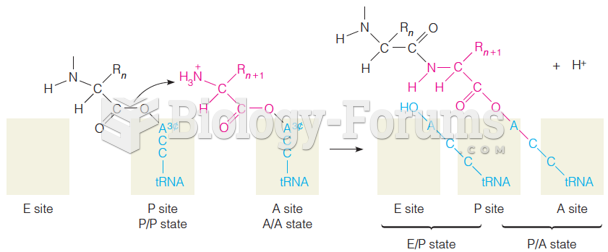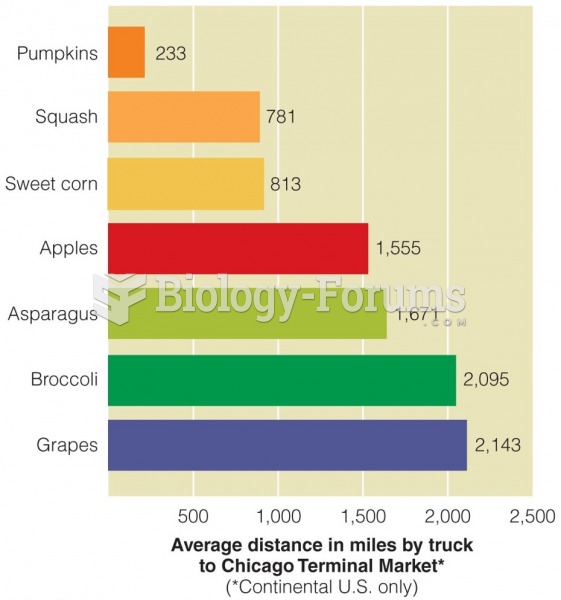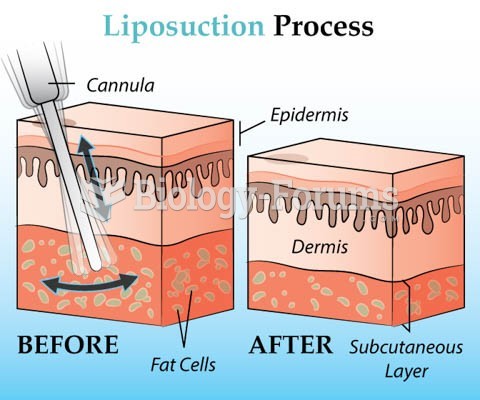Answer to Question 1
How a Food Chain Works
A person who eats fish regularly may consume about 100 pounds of it in a year. These fish will, in turn, have eaten a few tons of small plant-eating fish during their lifetime. The little plant eaters will have ingested several tons of plants. If the plants have been contaminated with toxic chemicals, the bodies of the small fish that eat them will contain high concentrations of the chemicals; the larger fish that eat the little fish will harbor even higher amounts of the chemicals; and so on through the food chain. If none of the chemicals are lost along the way, the person at the top of the food chain ultimately eats the same amount of chemical contaminants that was contained in the original several tons of plants at the bottom of the food chain.
Answer to Question 2
For the first half of the 20th century, scientists evaluated the safety of food additives using a simple approach: an added substance was either safe and therefore permitted for use in foods or poisonous and deleterious and therefore banned. As the study of toxic agents advanced, scientists realized that eventually they would be able to show that virtually every substance poses a health hazard if the dose is large enough. Consequently, they recognized that simply classifying an additive as safe or poisonous was not an effective means of evaluation. To get around the problem, Congress proposed the bill that later became the Food Additives Amendment of 1958 . As the members of Congress debated the bill, a question arose as to how to deal with the additives already in use. Congress decided that a safe substance in use before 1958 would be deemed a Substance Generally Recognized as Safe (a GRAS substance) and be put on the GRAS list. Substances not in use before that time would be classified as food additives and subject to regulation under the Food Additives Amendment.
With the establishment of the amendment, the FDA put hundreds of substances on the GRAS list. Everything from vegetable oils, salt, pepper, sugar, caffeine, vinegar, and baking powder to meat, poultry, eggs, milk, seafood, cereals, vegetables, and fruit wasand still isclassified as GRAS substances.
Today, the more than 400 substances classified as GRAS are continually subject to reexamination as new facts and concerns arise.







